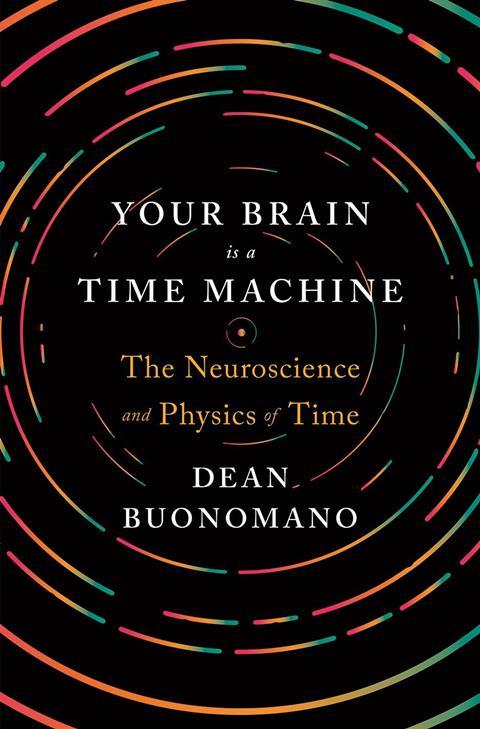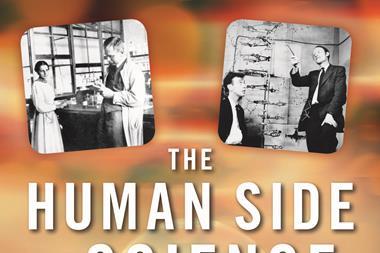Dean Buonomano
W W Norton & Company
2017 | 304pp | £21.93
ISBN 9780393247947
Buy this book from Amazon.co.uk

‘Time’ is the most common word in the English language. And yet arguably we don’t really know what time is. Is it a physical dimension, like space, or is it an illusion of the human mind? Your brain is a time machine is an original and ambitious interdisciplinary take on this age-old philosophical question.
If, like me, you have ever wondered why you are drawn to both physics and psychology, this book will provide a welcome insight into their crossovers. The pivotal point of comparison is essentially a philosophical one – why does time seem to flow? Can seemingly opposing theories of time as a dimension linked to space, and time as an illusion of consciousness be reconciled? As we know from relativity, time and space are inextricably linked. Time is measured in physical terms – atomic decay, a hand passing between two points, a shadow moving across a sundial.
And yet time is also essential to the conscious self. Experimental evidence has shown that without the ability to project ourselves backwards in time through memory (eg due to amnesia), we struggle to project ourselves forward in time and imagine our future behaviour. Our ability to project ourselves into the future is what Buonomano terms ‘mental time travel’ – an evolutionary advantage that made us the conscious beings we are today.
Divided into two parts, the book first explains the neuroscience behind the brain’s capacity to keep and tell time. The second part goes into physical theories of time, and attempts to show how time is both a mental construct and dimension.
Buonomano’s ambition is inspiring and his writing is rich, combining a readable style with illustrative examples. His interdisciplinary approach is bolder than other similar popular science books, which are largely explanatory. Buonomano is trying to reach a broad non-specialist audience and advance an original take on theories in the respective disciplines. This does mean occasional explanations of fundamental concepts that may bore the more scientific reader, though I found these informative and interesting. The style is lucid, even anecdotal at times, but this is a book for people with more than a passing interest in time. Though not a light read, it hits the ambitious target of being both thorough and accessible.












No comments yet